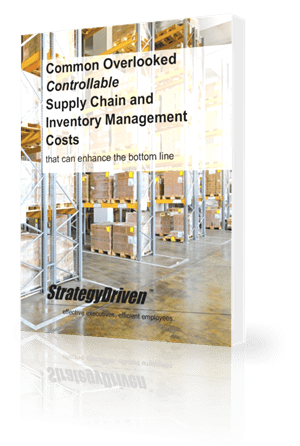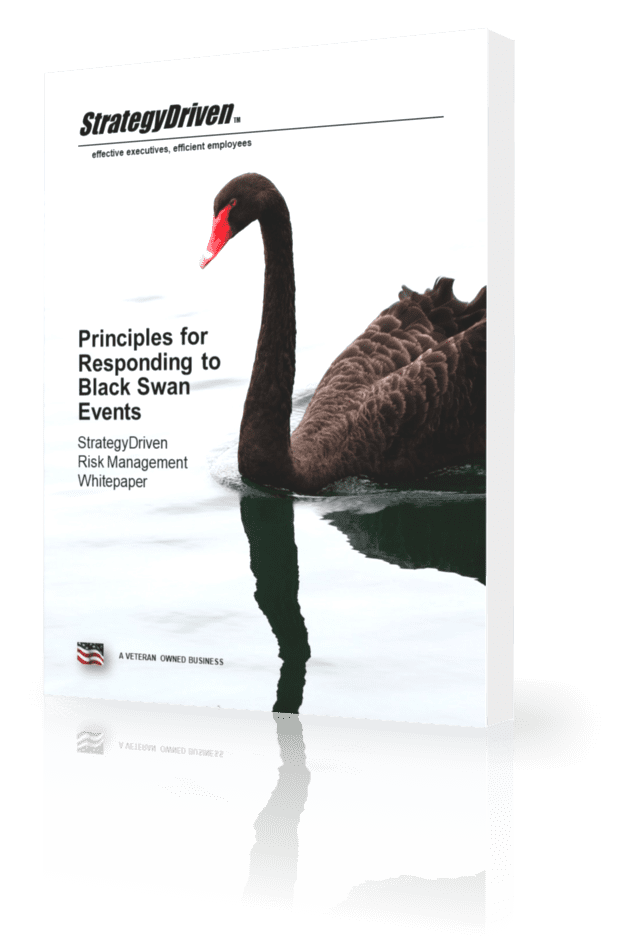Business Performance Assessment Program Best Practice 4 – Random, Unannounced Inspections

Hi there! Gain access to this article with a StrategyDriven Insights Library – Total Access subscription or buy access to the article itself.
| Subscribe to the StrategyDriven Insights Library
Sign-up now for your StrategyDriven Insights Library – Total Access subscription for as low as $15 / month (paid annually). Not sure? Click here to learn more. |
Buy the Article
Don’t need a subscription? Buy access to Business Performance Assessment Program Best Practice 4 – Random, Unannounced Inspections for just $2! |









I think assessing ourselves is more important than assessing others.If all of us assessing ourselves ,then no need of assessing others.This post gives the methods to adopt for self assessment.Thanks